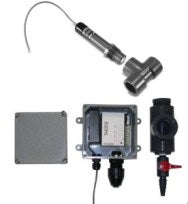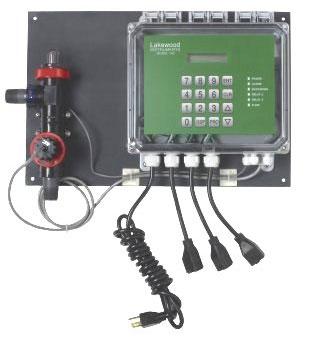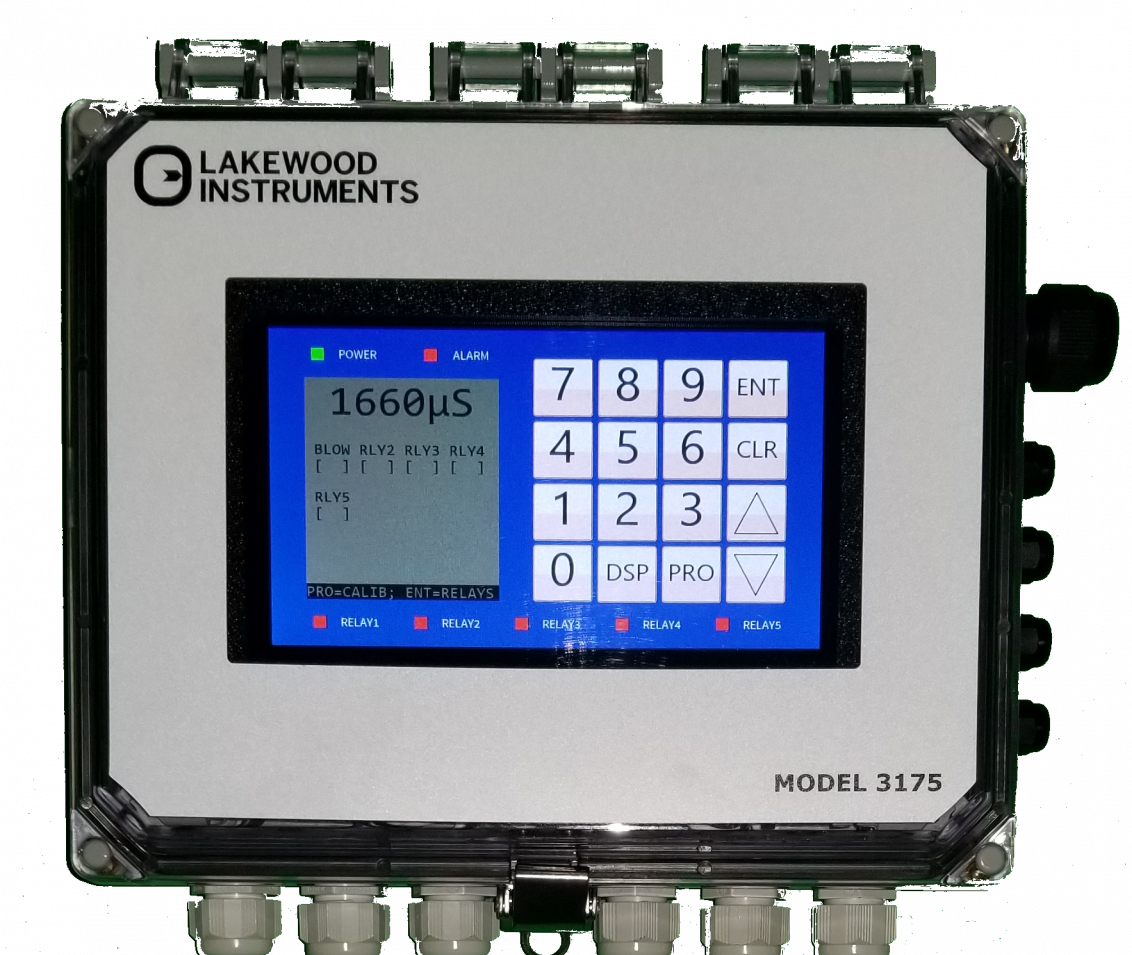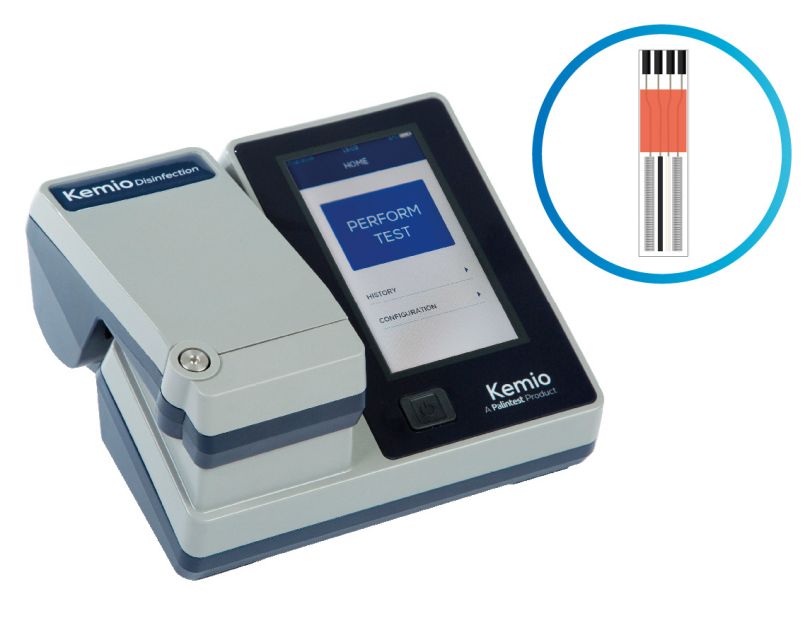Online monitoring of PTSA in Water Treatment systems
November 05, 2018 0 Comments

Monitoring of PTSA in Water Treatment systems
Industrial Water Treatment Systems are complex and dynamic and, as such, require optimum knowledge and treatment to address their variability. The correct treatment and, therefore, the correct dosage of treatment chemicals into such systems are essential for system maintenance and performance. The improper dosing of these chemicals can lead directly to serious problems including, but not limited to: reduced heat exchange; increased maintenance; and reduced plant effi ciency, through the formation of scale, corrosion, and bio film build up. Traditionally, the most common way to determine levels of treatment chemicals within systems has been to measure and monitor their “active” ingredients: for example, Molybdate and Phosphonate. However, these chemical ingredients can be subject to deposition within the system: for example, the loss of Phosphorus-containing-compounds on heat exchangers. In addition, the analytical methods to measure these parameters can be subject to interferences from within the water systems themselves, making the analysis results open to misinterpretation and miscalculation. The current trend in water treatment chemistry formulation seeks to limit and potentially overcome these issues by adding a fluorescent tracer to either the chemical or body of water itself. One of these fluorescent tracers is PTSA (1,3,6,8 pyrenetetrasulfonic acid, sodium salt). PTSA is detectable at ppb levels, is non-toxic and chemically stable, all of which make it an ideal additive to trace throughout water systems.

By adding PTSA to the formulation, the fluorescent response of the tracer is proportional and graphically linear, between specific concentration ranges, to the concentration of the chemical with which the system is dosed. Measurement and monitoring PTSA concentration, unlike those traditional methods mentioned above, does not require additional chemical reactions but instead can be directly measured using fluorometry. This method of analysis allows measurements online, in the field and in the laboratory to be expedited quickly and routinely, enabling real time product dose analysis, reduction in detection and reduction of response times, all of which serve to:
- Save Water
- Reduce Energy Costs
- Increase Reliability
- Increase Asset Life
- Reduce Maintenance
- Identify Potential System Variability
There are also challenges when using PTSA to measure how much of the chemical is in the system. Please keep in mind that the PTSA sensors are optical instruments submerged in water with microbiological growth potential, chemicals deposing on surfaces and suspended solids. Also, the fluorescence of the PTSA varies with the water temperature and the pH. To complicate matters even more, these instruments are measuring very small amounts of PTSA in the water (readings in ppb). Small variances in the addition of the PTSA in the chemical to be fed will result in big variances in the PTSA measurement through the sensor.

In summary, by using PTSA as part of an effective Water Treatment Program, companies can not only provide their customers with direct benefits to their systems’ efficiency by the control of corrosion, scale and biofouling, they can also prevent overdosing of potentially hazardous and toxic chemicals which can impact on the customers’ ability to meet government effluent discharge regulations. Improved accuracy of feed rate monitoring, continuous system monitoring and control of system characteristics all ensure that companies can improve their results and meet challenging system requirements.
Also keep in mind that the sensor needs to be cleaned and calibrated often. A handheld PTSA unit needs to be used to verify the operation of the sensor. The PTSA sensors are digital and their calibration requires a computer, special cables, PTSA standards and manufacturer’s software. All this extra work and equipment is worth and unavoidable.
Read original article here
Also in Blog

Advanced Cooling Tower Management: Enhancing Efficiency with Lakewood Model 140
February 28, 2024 0 Comments

Optimizing Cooling Tower Performance: Understanding Efficiency, Maintenance, and Water Quality Management
February 28, 2024 0 Comments

Revolutionizing Water Analysis: Everything You Need to Know About the Kemio KEM10DIS
April 19, 2023 0 Comments

